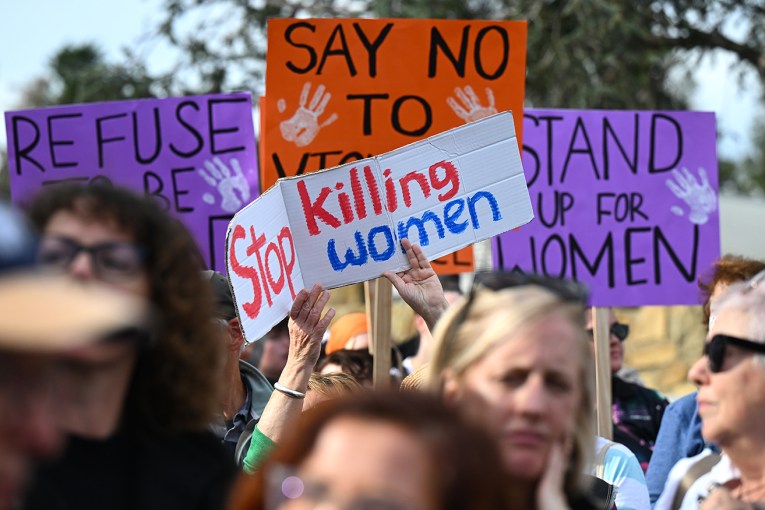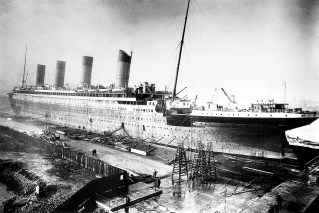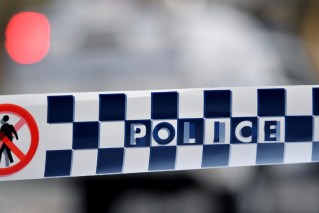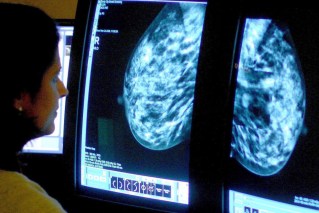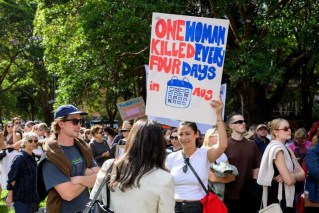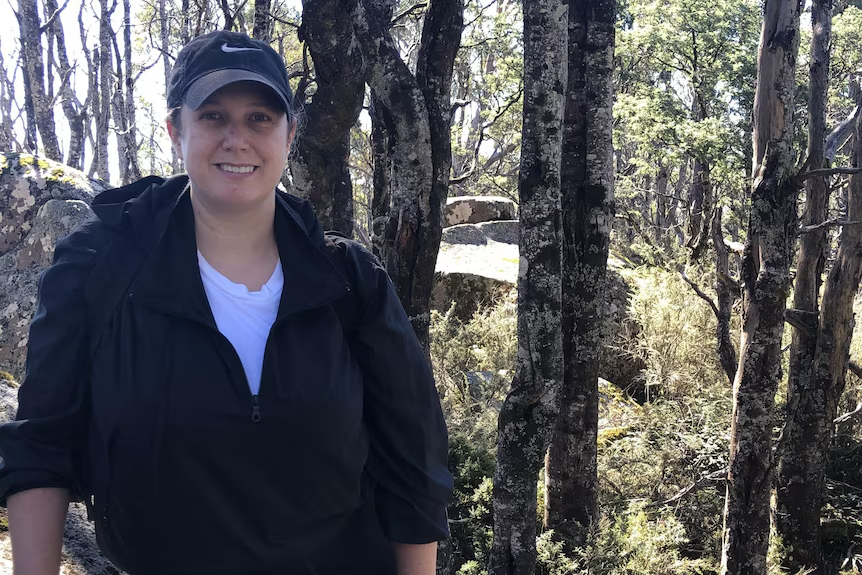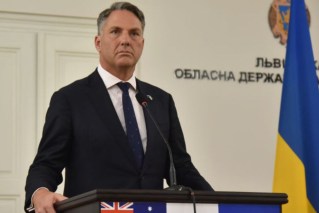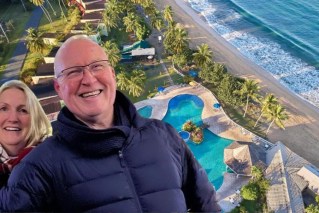Heavy meddle: Did the US interfere in Australia’s 1975 election?
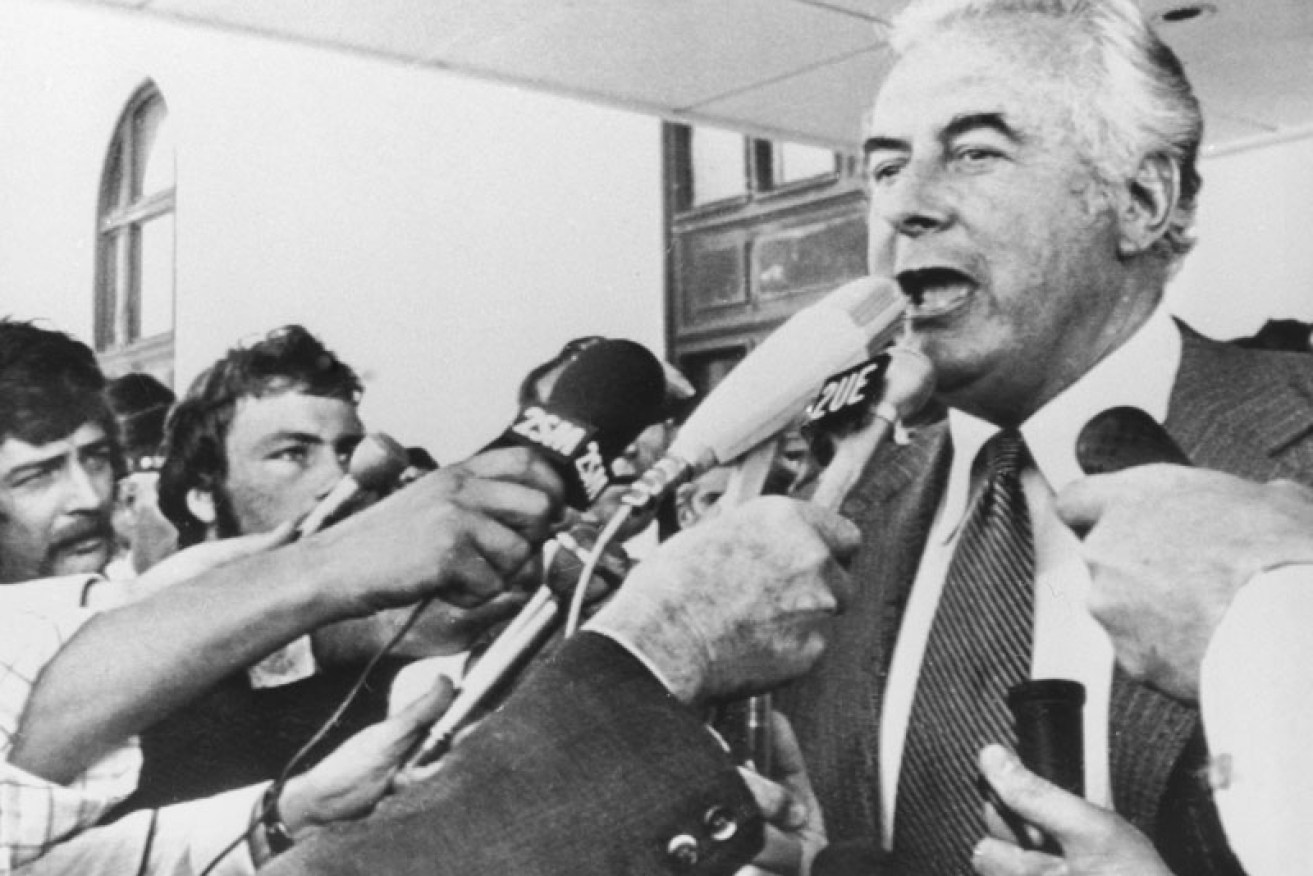
Deposed PM Gough Whitlam tells reporters of his dismissal on November 11, 1975.
While Americans digest the news that Russia almost certainly tried to influence the election that delivered Donald Trump the presidency, new research indicates the US is an old hand at trying to sway votes in other countries.
Political scientist Dov Levin of Pittsburgh’s Carnegie Mellon University says the US has attempted to influence elections overseas as many as 81 times between 1946 and 2000.
Levin doesn’t include Australia in his data set, even though he admitted to The New Daily this week the 1975 dismissal of the Whitlam government had been “one of the primary candidates” he’d examined.
“However when I checked this case out, the documents from a recent comprehensive collection of declassified US government documents on US foreign policy towards Australia during those years provided no evidence of such an American intervention in the 1975 election campaign for one of the parties,” Levin said.
Others, closer to home, are more inclined to believe the Americans did interfere in one of the most turbulent periods in Australian political history.
Australian author Andrew Fowler told The New Daily it was broadly accepted America tried to interfere in the Australian political situation in 1975 that led to the Whitlam government being dismissed and then voted out in favour of Malcolm Fraser weeks later.
Fowler, author of The War on Journalism: Media Moguls, Whistleblowers and the Price of Freedom, told The New Daily while the evidence America wanted to see the end of the Whitlam government was circumstantial, “there is a considerable amount of it”.
Others, like Australian-born, British-based journalist John Pilger are even more convinced that the 1975 poll was subject to US interference.
In his book A Secret Country, Pilger wrote that former CIA agent Victor Marchetti explained the US-Australian relationship thus: “So long as Australians keep electing the right people then there’ll be a stable relationship between the two countries.”

Nixon and Kissinger weren’t fans of the Whitlam government. Photo: Getty
The comfortable relationship between Australia and America, which had endured since World War II, almost came to an end when Australians elected the left-leaning Whitlam in 1972.
The new PM believed that a foreign power should not control his country’s resources and dictate its economic and foreign policies. He was particularly discomfited by the existence of American bases on Australian soil.
Whitlam demanded to know if and why the CIA was running a spy base at Pine Gap near Alice Springs, a giant vacuum cleaner which, as Edward Snowden revealed, allows the US to spy on pretty much everyone and anything.
Marchetti, the CIA officer who had helped set up Pine Gap, later told Pilger: “This threat to close Pine Gap caused apoplexy in the White House … a kind of Chile [coup] was set in motion.”
Author Fowler said Australia’s politicians repeatedly stated there was little difference between America’s best interests and those of Australia.
“But we know from the statements of former prime ministers Malcolm Fraser and Paul Keating that is not the case,” he said, adding: “The problem is they don’t tell us that when they’re in office.
“The Anzus alliance only matters to the Americans to serve their own interests. The most important part of the alliance, Pine Gap, helps them fight foreign wars. It is no longer just a listening post.”

Pine Gap hindered the relationship between US leaders and Whitlam. Photo: Getty
The War on Journalism records that by 1974 the dominant Murdoch press turned solidly against Whitlam.
The new US Ambassador to Australia, Marshall Green, appointed by US President Richard Nixon, was freshly drafted in from Chile, where the CIA had helped topple the democratically elected President Salvador Allende the previous year.
Before long, communiques to the US State Department reported that Murdoch had issued confidential instructions to editors of his newspapers to “Kill Whitlam”.
With key figures in the Labor Party describing the then bombing in Vietnam as “corrupt and barbaric” and threatening to close the US bases in Australia, the CIA stepped in.
In 1975 senior CIA figure Theodore Shackley wrote to ASIO: “The CIA feel that if this problem cannot be solved they do not see how our mutually beneficial relations are going to continue.”

Author John Pilger is convinced that the 1975 Australian poll was subject to US interference.
Pilger records that on November 10, 1975, Whitlam was shown a top secret telex message sourced to Shackley, the head of the CIA’s East Asia Division, who had helped run the coup against Allende in Chile. Shackley’s message was read to Whitlam. It said that the Prime Minister of Australia was a security risk in his own country.
The day before, Governor-General Sir John Kerr had visited the headquarters of the Australian Defence Signals Directorate, another of Australia’s national security agencies, and was briefed on the “security crisis”.
On November 11, 1975, the day Whitlam was to inform Parliament about the secret CIA presence in Australia, he was dismissed by the Governor-General.
Dr Alison Broinowski, Vice-President of the group Honest History, told The New Daily America’s interference in the Australian electoral processes in 1975 appeared obvious.
“From writings by Marian Wilkinson, Christopher Boyce, John Pilger, Jenny Hocking, James Curran, and others, it is clear that Whitlam came close to closing down the bases and getting sacked in return,” she said.
“The trouble is those who know the whole story are either dead or won’t say how or whether the US actually changed the outcome of the election. If they did, it would only be one of many around the world, before and since.
“The hypocrisy in relation to Russian interference, if it happened, is breathtaking.”
For his part, Professor Curran, lecturer in history at Sydney University, is less convinced of US involvement in 1975’s tumultuous events.
In his widely praised book Unholy Fury: Whitlam and Nixon at War, Professor Curran records the bad blood between President Richard Nixon, US Secretary of State Henry Kissinger and the Whitlam government.
Nixon dismissed the Australian PM as a “peacenik”, Kissinger called him a “bastard”, while senior Australian ministers claimed the White House was being run by “thugs” and “maniacs”.
Professor Curran told The New Daily that while there was a long history of the US interfering in foreign elections, “it doesn’t include Australia in 1975”.
“There was clearly some kind of CIA activity in Australia that was at the very least being actively considered in 1975,” he said.
“But I found no smoking gun – no documentary evidence – to suggest that the US was involved either in Whitlam’s downfall or the 1975 election.”
Nevertheless, with British, American and Australian US intelligence agencies all working against him, a Governor-General later recorded as being closely supported by the CIA and with the Murdoch press baying for his blood, the Whitlam government fell.
The history books record that an emissary of the US government, Assistant Secretary of State Warren Christopher later told Whitlam the “US Administration would never again interfere in the domestic political processes of Australia”.
Critics argue there is really only one reason the promise has been kept: Australia has been entirely compliant with America’s wishes. That may all be about to change. Trump may not just be about to herald a shake-up in America, but a shake-up of the alliance in which generations of Australian politicians and bureaucrats have placed so much faith.
